BLOG
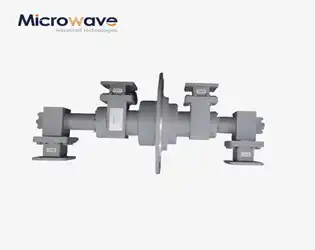
What Makes a High-Performance Dual Channel Coaxial Rotary Joint?
November 17, 2025
In today's demanding satellite communication and defense applications, signal degradation during rotation can cost millions in downtime and compromise mission-critical operations. Engineers face a persistent challenge: how to maintain uninterrupted, high-fidelity signal transmission while components rotate at high speeds in extreme environments. A high-performance Dual Channel Coaxial Rotary Joint solves this critical problem by enabling seamless signal flow between rotating and stationary systems with minimal insertion loss, ensuring your radar, satellite ground station, or aerospace navigation system operates flawlessly when precision matters most.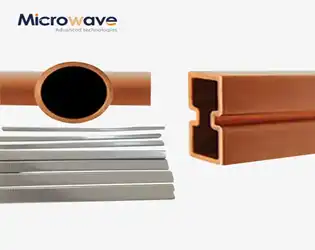
November 17, 2025
When your satellite communication system experiences severe signal degradation at high frequencies, or your radar installation suffers from excessive power loss over long distances, the culprit often lies in choosing the wrong transmission technology. A Waveguide Tube is a hollow metallic pipe designed to guide electromagnetic waves at microwave and millimeter-wave frequencies with minimal loss, fundamentally different from coaxial cables that use a central conductor surrounded by insulation and shielding to transmit signals through current flow.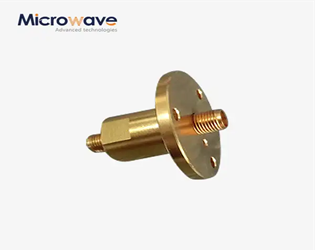
Step Ahead of Competitors: Single Channel Coaxial Rotary Joint for Cutting-Edge Systems
November 13, 2025
In today's rapidly evolving technological landscape, engineers face a critical challenge: maintaining uninterrupted signal integrity in rotating systems while minimizing transmission losses. Whether you're developing advanced radar platforms, satellite ground stations, or aerospace defense systems, signal degradation during rotation can compromise your entire operation. The Single Channel Coaxial Rotary Joint addresses this pain point head-on, delivering seamless RF signal transmission in the most demanding rotating applications. This precision-engineered component ensures your cutting-edge systems maintain peak performance where competitors' solutions fall short, providing the reliability that modern telecommunications, defense, and aerospace industries demand.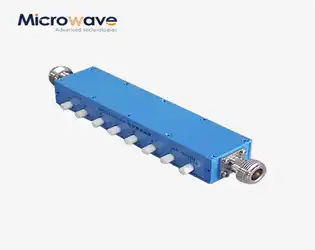
5 Applications where adding attenuation is a plus
November 13, 2025
In RF and microwave systems, engineers constantly battle signal distortion, equipment overload, and impedance mismatches that compromise system performance and damage expensive components. When high-power transmitters overwhelm sensitive receivers or when reflected signals corrupt measurement accuracy, the solution often involves deliberately reducing signal strength through controlled attenuation. A Coaxial Variable Attenuator serves as a precision tool that not only protects equipment but also optimizes system performance across telecommunications, aerospace, defense, and testing environments where signal power management determines success or failure.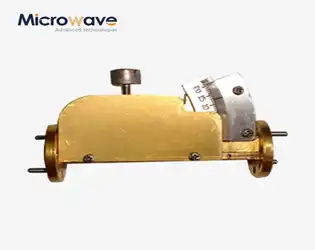
Waveguide variable attenuator suitable for electromechanical control
November 13, 2025
Picture this scenario: You're running a critical satellite communication test at 110 GHz, and your signal levels are fluctuating unpredictably. Manual adjustments take too long, causing test delays and potential equipment damage from signal overload. Your measurement system demands precise, repeatable attenuation control, but traditional manual attenuators can't keep pace with automated testing requirements. This is where a Waveguide Variable Attenuator designed for electromechanical control becomes indispensable. These advanced components bridge the gap between manual precision and automated efficiency, offering engineers the exact signal control they need for modern high-frequency applications while maintaining the repeatability and speed essential for contemporary test environments.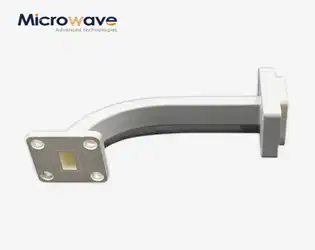
The Ultimate Guide: Understanding Waveguide E Bend Dimensions, Types, and Performance
November 12, 2025
Picture this: You're integrating a critical satellite communication system or aerospace radar installation, and suddenly your waveguide routing hits a wall—literally. The flanges won't align, signal integrity is compromised, and the entire project timeline is at risk. This scenario haunts countless RF engineers who underestimate the complexity of waveguide E bend selection. The Ultimate Guide: Understanding Waveguide E Bend Dimensions, Types, and Performance delivers comprehensive insights into choosing, specifying, and implementing Waveguide E Bend solutions that guarantee reliable signal transmission while meeting the demanding requirements of modern microwave systems across satellite communications, defense, aerospace, and telecommunications infrastructure.
Waveguide Couplers for Precise Design Needs
November 12, 2025
In high-frequency microwave systems, signal integrity can deteriorate rapidly without proper coupling mechanisms, leading to power loss, interference, and compromised system performance. Engineers designing satellite ground stations, radar installations, and defense communication networks face mounting pressure to achieve precise power distribution while maintaining signal quality across broad frequency ranges. The Double-Ridged Waveguide Broadwall Directional Coupler emerges as a critical solution, addressing these challenges through specialized structural design that enables controlled electromagnetic wave coupling with minimal insertion loss and maximum directivity.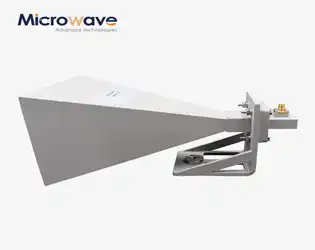
Standard Horn Antenna: Maximize Your Calibration Accuracy in One Choice
November 12, 2025
Picture this: You're in the middle of a critical antenna measurement session, racing against deadlines, and your calibration reference antenna delivers inconsistent readings. Your entire test campaign grinds to a halt, costing time, money, and credibility. This nightmare scenario is exactly why engineers worldwide trust the Standard Horn Antenna as their go-to calibration solution. With its predictable radiation patterns, stable gain characteristics, and proven reliability across frequency ranges from 1 GHz to 110 GHz, the Standard Horn Antenna eliminates measurement uncertainty and delivers repeatable results every single time. Whether you're calibrating satellite ground station equipment, validating radar system performance, or conducting precision electromagnetic compatibility testing, choosing the right Standard Horn Antenna means the difference between compromised data and measurements you can stake your reputation on.




